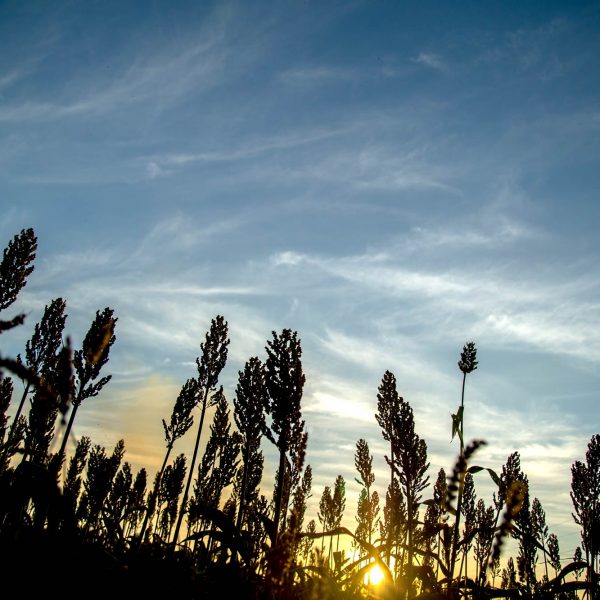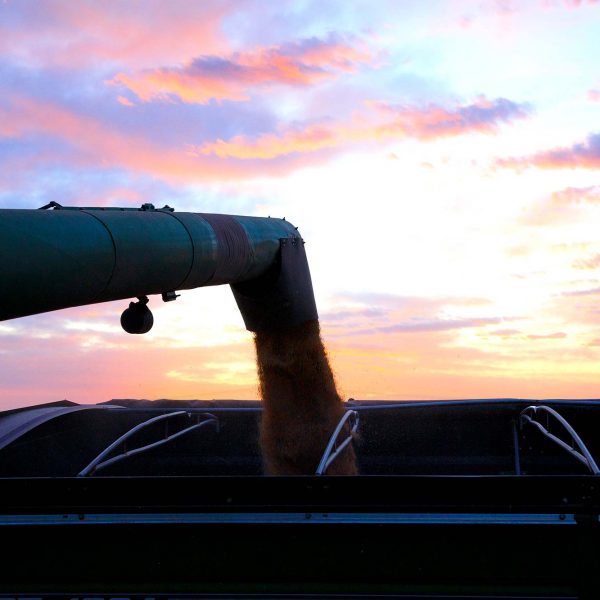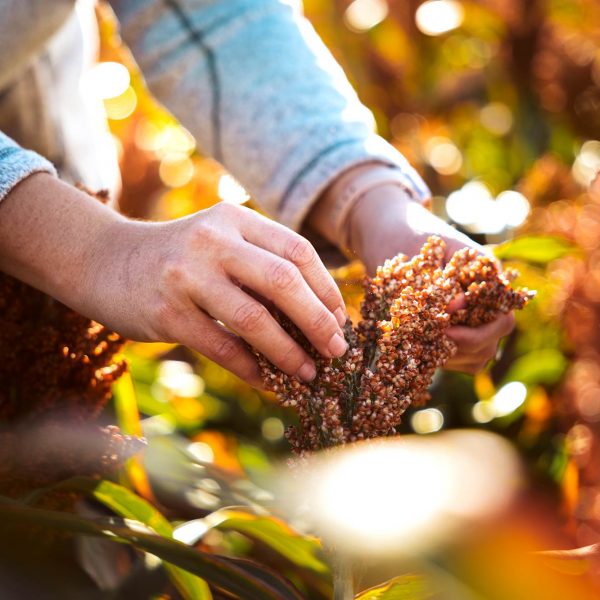Choosing Herbicides for Early Winter Weed Control Prior to Sorghum Planting
January 2024 HP Article
Brent Bean, Sorghum Checkoff Director of Agronomy
One of the most important factors that determines the success of a dryland sorghum crop is the amount of water stored in the soil profile prior to planting. In dry years, one inch of available soil water in mid-season can be the difference in making or not making a crop. Controlling weeds during the winter and spring is critical in storing water in the soil profile. This is best achieved with a combination of soil residual herbicides and products that control weeds that have already emerged. The most common winter weeds are kochia, marestail, prickly lettuce, Canadian thistle, henbit and numerous mustard species in addition to several winter grasses.
Atrazine is a critical yet inexpensive herbicide that should be included in most winter weed control programs. When applied in the winter months, when soil temperatures are cool, the length of residual weed control is extended — often lasting up to spring planting time. The rate used can vary from 0.5 to 2.5 lbs. per acre, depending on soil type. However, a total of 2.5 lbs. is the maximum amount of atrazine that can be applied in a calendar year. Keep in mind that some atrazine will likely need to be applied as a pre-emergent herbicide prior to crop emergence to give in-season sorghum weed control. For this reason, I would not recommend applying over one pound of atrazine during the early winter. Also, atrazine cannot be used on sandy soils.
Dicamba is usually thought of as a post-emergence herbicide however, under cool soil conditions, dicamba has a surprising amount of soil activity for an extended length of time. It is also very water soluble, requiring very little water to get it moved into the soil. In research conducted by Dr. Curtis Thompson, while at Kansas State University, a dicamba plus atrazine mix was effective in controlling kochia. However, if kochia has emerged prior to herbicide application, then adding Fluroxypyr to the mix will likely be beneficial.
Marestail, sometimes called horseweed, is much easier to control when herbicides are applied in the small rosette stage. Atrazine mixed with 2,4-D or dicamba will give good control of small marestail and provide residual control of later germinating seed. Sharpen is also effective in controlling marestail, but should be tank-mixed with 2,4-D, dicamba, atrazine or glyphosate to prevent regrowth. Later in winter or early spring, an effective herbicide on larger marestail is Pixxaro, which is a mix of fluroxypyr and halauxifen-methyl. This herbicide provides excellent burndown activity.
Flumioxazin, which is sold under many trade names including Valor, is a popular herbicide to use both during the winter and spring. This herbicide is effective as a burndown treatment while also providing control from soil residual. Sorghum Injury can occur, especially with higher rates of flumioxazin, when applied within 30 days of planting. Keep the rate to no more than 2 oz/acre.
If winter grass species are also present, adding glyphosate to the tank mix with the various other herbicides mentioned above will be needed.
Growers should keep in mind that postemergence weed control will be reduced, or at least slowed, if temperatures are below 60F when most herbicides are applied. Between 40 and 60F herbicides can be applied but expect control to be slow. Cloudy days will also slow control of systemic herbicides like 2,4-D, dicamba, fluroxypyr and glyphosate. Paraquat is increasingly used as a burndown herbicide and will have its highest activity under clear skies with an abundance of sunlight.




